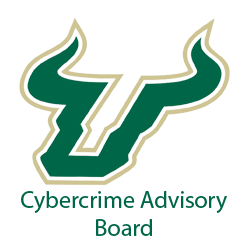
What is Shadow IT?
You don’t need us to tell you that the landscape of computing is changing rapidly. One of the most major shifts in modern times has been the pivot towards cloud computing. This has been a major deciding factor in how apps develop and employees do their work. The added efficiency and productivity could come at a cost, though. By allowing employees to utilize cloud applications, you could introduce shadow IT. Whenever a user carries out their own IT work, they introduce risks. This can include data conflicts, issues with compliance, and even downtime. Of course, it can also introduce security gaps.
But what is “shadow IT?”
Defining Shadow IT
IT is a piece of slang that means information technology. It refers to the entire professional field of computer software, hardware, data, and support professions. Usually, it has a connotation of troubleshooting. That is what we’re here to discuss. Many businesses have entire departments dedicated to handling IT issues. Shadow IT, meanwhile, is any act of IT work that occurs outside of established infrastructure. It could involve a DIY reinstall, an employee using their own security software, or programs not approved by your company.
Are There Benefits to Shadow IT?
Some companies prefer to allow their employees to handle their own IT work. This can, of course, lower the cost of onboarding and IT expenditures. By utilizing the cloud, you can reduce the cost of onboarding an employee. Many cloud applications offer robust support programs, after all.
The Problem with Shadow IT
Did you design any of the services your employees are using? Do you know which services they’re bringing into your business? Here’s a chilling thought – Do you know those applications are secure? Whenever an employee uses third-party software, you introduce additional points of attack for hackers.
Say your employee uses “Service X” to help delegate tasks. They upload their work and task list and some information to the service. Unfortunately, due to a data breach, you had nothing to do with, “Service X” users have their data compromised. What’s more, any company information or passwords associated with the service are now public. This is why your IT department must know what services your employees use.
There is also the issue of compliance. If your business requires work to be done within certain standards, shadow IT can prevent easy documentation of compliance. There can also be inconsistencies with the services used. What if two employees working on the same project use two different services? How many times will a document move services, and how many version differences might there be?
As you can see, shadow IT presents far more questions and risks than you can justify.
How to Control Shadow IT
Your business needs its own set of compliance standards and policies. However, some of these services can genuinely afford your business great benefits. The trick is to integrate these services into a larger policy. If you find employees using Google Drive on the job, for example, develop a policy for Google Drive and standardize its use across departments. This way, your IT staff know what to expect, and your employees have access to tools you understand.
Developing this understanding, eliminating inconsistencies, and closing security gaps can be hard. Luckily, you aren’t alone. Arruda Group will help you train to control shadow IT in your business. We can find the apps you don’t know about and help you build a consistent workplace policy. Visit our website or call us to get started.



